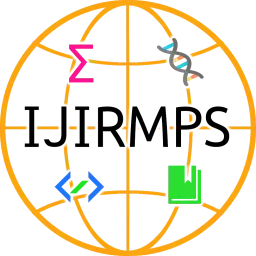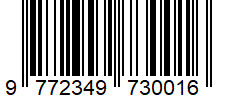Enhancing API Security: A Comparative Analysis of OAuth 2.0, OpenID Connect, and SAML
Authors: Ritesh Kumar
DOI: https://doi.org/10.5281/zenodo.15029738
Short DOI: https://doi.org/g88gns
Country: USA
Full-text Research PDF File:
View |
Download
Abstract: The proliferation of API-driven architectures in cloud computing, enterprise SaaS platforms, and distributed systems has underscored the importance of robust authentication and authorization mechanisms. OAuth 2.0, OpenID Connect (OIDC), and Security Assertion Markup Language (SAML) have emerged as the dominant standards for securing API access and federated identity management. However, each framework presents distinct advantages, challenges, and security considerations. This paper provides a comparative analysis of OAuth 2.0, OpenID Connect, and SAML, evaluating their security features, architectural complexities, and performance trade-offs. We examine their susceptibility to common API security threats, including token interception, replay attacks, and credential abuse. Additionally, we explore how the Zero Trust security model enhances API protection by enforcing least privilege access, continuous authentication, and micro-segmentation in cloud-native environments. Furthermore, we assess best practices for secure API integration, discuss real-world use cases, and provide implementation guidelines to enhance security in distributed systems. The paper’s findings emphasize the importance of selecting the appropriate authentication and authorization framework by balancing security, scalability, and enterprise policy requirements, while ensuring alignment with Zero Trust Architecture (ZTA) principles.
Keywords:
Paper Id: 232237
Published On: 2020-06-02
Published In: Volume 8, Issue 3, May-June 2020





 All research papers published in this journal/on this website are openly accessible and licensed under
All research papers published in this journal/on this website are openly accessible and licensed under 